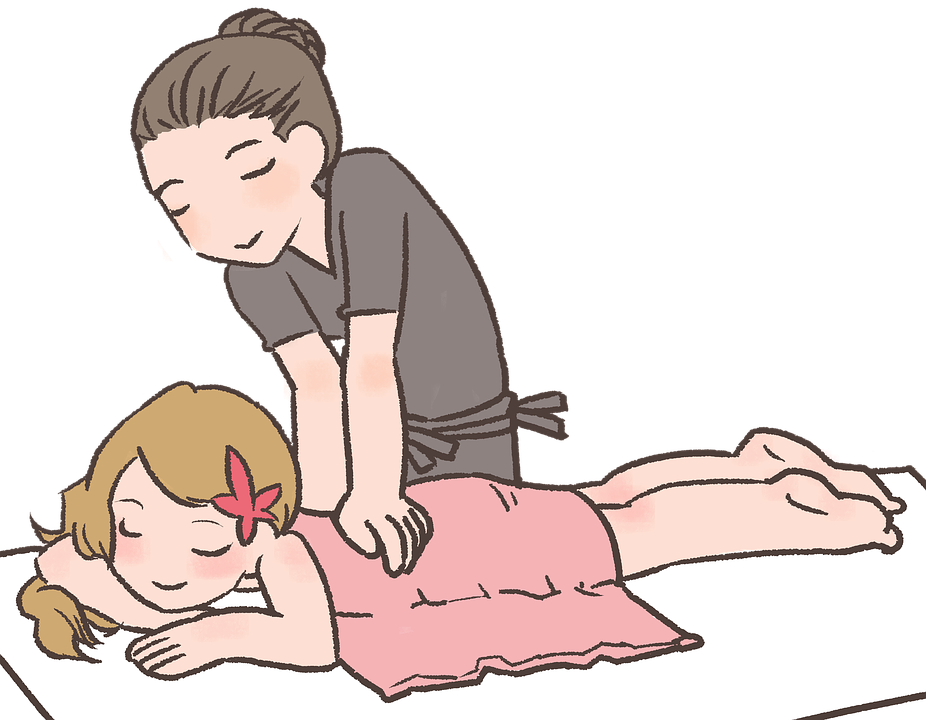Receding Gums: From Causes to Treatment and Everything in Between
What is Gum Recession?
If you’ve recently noticed that your teeth are looking a little bigger than before or your gums are gradually pulling back or wearing away, you have receding gums. This is a common dental problem that can have several causes, but periodontal disease is known to be a major cause of receding gums.
Other causes of gum recession include aging, lack of oral hygiene and certain medical conditions like diabetes. While gum recession does not have a cure, it can and should be managed for your oral health and overall wellness.
A healthy gum line is pink and consistent around the teeth but when you develop gum recession, the gums look inflamed and the gum line also looks lower, leaving a few teeth exposed. Since gum recession is a condition that develops gradually, it often goes unnoticed, but it is not something you should be ignoring. So, take a good look at your teeth and gums every day and if you notice any signs of gum recession, schedule an appointment with a periodontist as soon as possible.
Symptoms of Gum Recession
Apart of visible lessening of gum tissue that surrounds the teeth, gum recession also results in:
- Swelling and redness of gums
- Bad breath
- Loosening of teeth
- Bad taste
- Pain and tenderness
- A difference in your bite
Common Causes of Receding Gums
There are several factors that can lead to gum recession, including:
- Periodontal Disease
Periodontal disease is caused due to build-up of plaque. This sticky film contains harmful bacteria, mucus and other particles that lead to inflammation of gums tissues and destroy the supporting bones that firmly grip your teeth and keep them in place.
- Aggressive Brushing
It is good to be enthusiastic about dental care but aggressive brushing and flossing actually do more harm than good to your teeth and gums. So be gentle on your teeth and always use a soft bristled brush to avoid the wearing of enamel and recession of gums.
- Lack of Oral Hygiene
Inadequate dental care makes it easy for plaque to accumulate. This accumulated plaque then turns into tartar build-up which can only be removed with dental cleaning. Tartar is also a cause of receding gums.
- Hormonal Changes
Female hormones keep fluctuating during a woman’s lifetime from puberty to pregnancy to menopause. All of these hormonal changes adversely impact oral health making your gums more susceptible to recession.
- Consumption of Tobacco
Smokers and tobacco users are also likely to develop tartar on their teeth and if it is not removed, it can lead to gum recession.
- Chipped, Crooked and Misaligned Teeth
When your teeth are not uniformly aligned, they tend to exert extra force on the gum line and the surrounding bone, allowing them to recede over time.
- Genetics
Some people are genetically predisposed to gum recession due to specific gum characteristics. These characteristics are typically inherited from parents. So, if one or both parents have receding gums, the child is at an increased risk for gum recession.
- Grinding of Teeth
Grinding of teeth not only gives you a headache but also leads to many dental maladies. So, if you suffer from bruxism, see your periodontist right away and prevent further gum recession.
- Trauma
A traumatic injury can also result in gum recession and tooth loss.
4 Safe and Effective Treatment Options for Receding Gums
The treatment options available for receding gums include:
- Deep Cleaning
Even if you have mild gum recession, it may increase your risk of developing gum disease because harmful bacteria can breed in the pockets surrounding the area affected and develop quickly. Periodic deep cleaning treatments efficiently remove plaque and tartar from the enamel and roots of your teeth.
- Composite Resin
Tooth-colored composite resin is used for covering the roots of teeth and for closing the unsightly gaps between teeth.
- Scaling and Root Planing
This is a minimally invasive procedure where the periodontist folds the gum tissue in place to remove all the bacteria residing in the pockets and then secures it back in place over the roots. This eliminates the pockets and reduces their size.
- Bone Regeneration
If the supporting bone or tissue that keeps your teeth in place has been destroyed, it can be regenerated with the application of graft tissue or tissue-stimulating protein to the affected area.
- Gum Tissue Grafting
When the gum recession gets serious, a grafting procedure may be required to restore the lost tissues. It involves the cutting of a flap of skin at the palate. This connective tissue is then removed and replaced on the gum tissue that surrounds the exposed root.
Your dentist should be able to help you determine which procedure would best suit your unique situation depending on your individual treatment needs and the cause of your receding gums.
Essential Tips to Prevent Further Gum Recession
While receding gums cannot grow back, you can keep the problem from getting worse by following these tips:
- The easiest way to prevent gum recession is to take good care of your teeth and gums by brushing and flossing regularly and visiting your periodontist every six months.
- Monitor the changes in your mouth and if teeth grinding or a misaligned bite seems to be the cause of your receding gums, talk to your dentist about ways to correct the issue or adjust the bite.
- Quit smoking and consume a balanced diet.
- You can wear a night guard to reduce the stress induced by grinding or clenching of teeth while you are asleep.
- You can also consider orthodontic treatment to correct malpositioned teeth as it would also increase the area of gum tissues.
If you spot any gum disease symptoms or any signs of receding gums, visit your dentist at the earliest. The sooner your dentist spots the problem, the easier it becomes to keep oral issues under control.
Author Bio:
 A dental marketer at Michael G. Long DDS, Fresno, CA and a believer in holistic health, Grace lives by the rule that health and happiness go hand in hand. She writes on various dental topics focusing on healthy living and holistic health. When she’s not working or blogging, she enjoys spending her time with her family and volunteering at the local youth centers where she educates children about the importance of health and fitness.
A dental marketer at Michael G. Long DDS, Fresno, CA and a believer in holistic health, Grace lives by the rule that health and happiness go hand in hand. She writes on various dental topics focusing on healthy living and holistic health. When she’s not working or blogging, she enjoys spending her time with her family and volunteering at the local youth centers where she educates children about the importance of health and fitness.




